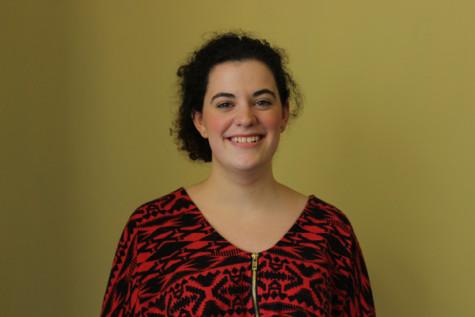Meal swipe restrictions are being enforced
March 23, 2016
Sodexo employees have tightened restrictions on allowing students to share meal swipes.
Sophomore Sarah Brasili said she noticed the change when using swipes for others was no longer allowed.
Brasili’s friend is a commuter, she said, and did not have a Sodexo meal plan. When they wanted to eat in the cafeteria together last year, she said, Brasili was able to use her regular meal swipes for the both of them.
This year, Sodexo employees have been preventing students from using regular swipes for other people. Meal plans include fewer than 10 guest swipes that can be used on others.
Brasili said she did not like the restriction.
“If I paid for it, I should be able to use it how I want,” she said.
One reason for the restriction is that parents buy meal plans intending to feed their child, not to feed their child’s friends, according to Sodexo General Manager Kevin Dicey.
As far as he was aware, there were no complaints from parents about how meals were being used for other people.
As a Pitt-Johnstown student’s father, however, Dicey said he would not like to hear that he is paying for other students’ meals.
“Your mother bought those for you,” he said about the meals.
Another reason is because of unlimited food plans. Of residential students, 9 percent have unlimited plans, Dicey said.
Theoretically, students with unlimited plans would be able to give out an indefinite number of meals. To stop this, cashiers are told not to permit shared meals.
Though she understood the reasoning, Brasili said she believes there could be a way to accommodate unlimited meal plans and still allow sharing among other plan types.
Their system allows students to use five meals daily, Dicey said, but for themselves. A student can be charged twice for two reasons: a to-go container or an elite meal.
To-go containers for the cafeteria can be purchased through Sodexo. When buying, students are charged one meal for the container and one for the food, Dicey said.
Another reason to charge a student twice is for an elite meal, Dicey said. Some meals of the month feature more expensive food that is covered through a second meal.
As for restricted sharing, Dicey said it is an attempt to keep costs low for students. Every meal gets more expensive if employees cannot bill students for every meal.
The policy procedures students agree to when enrolling in a meal plan dictates that students use their regular meals for only themselves, Dicey said.
The sharing issue should not be a problem, however, in the 2017-18 year. Meal plans are to be completely reworked to make the cafeteria retail, Dicey said.







